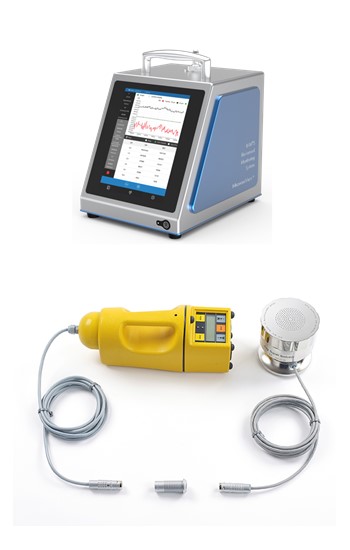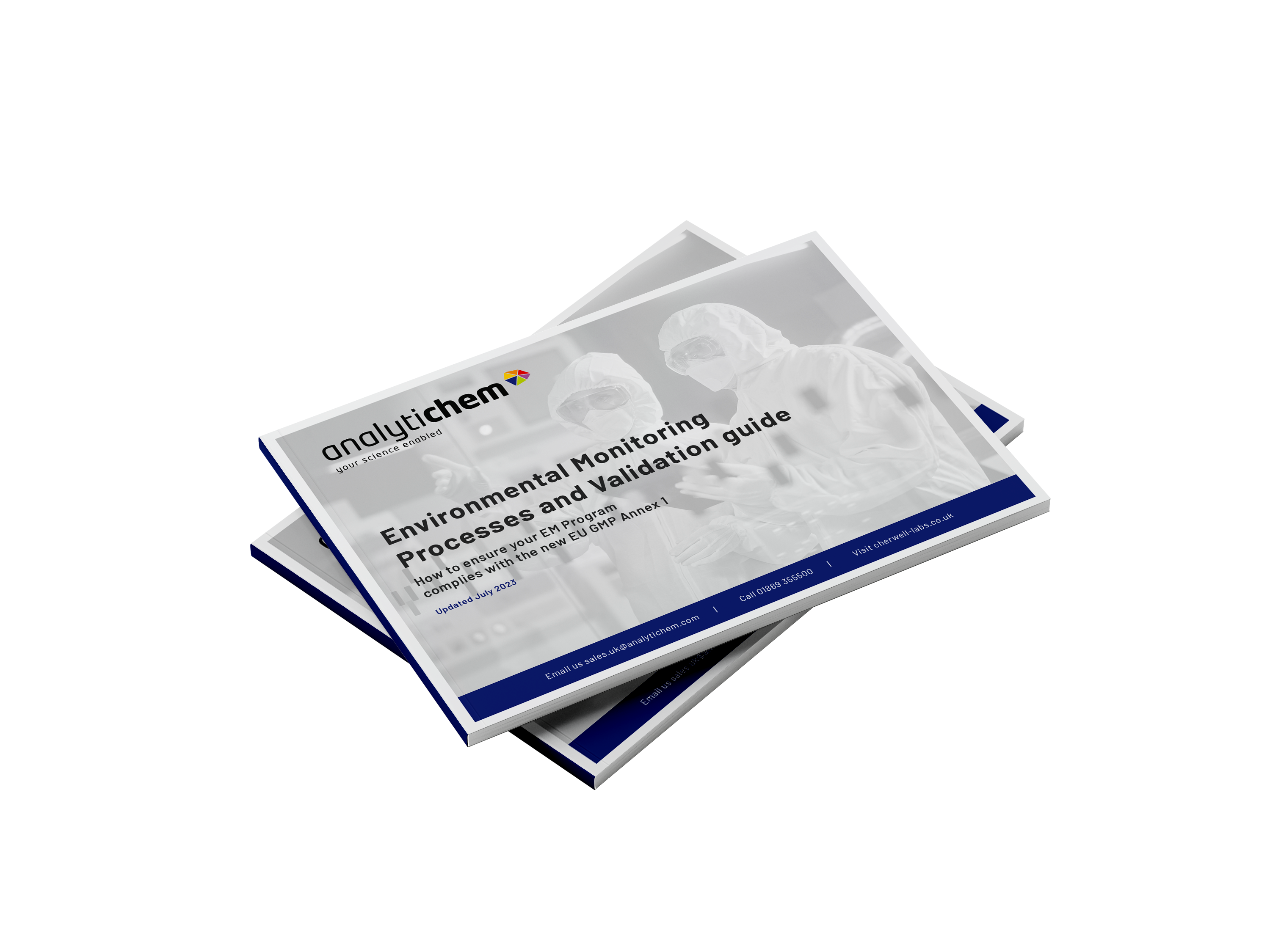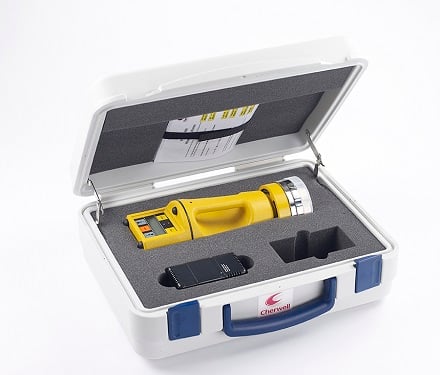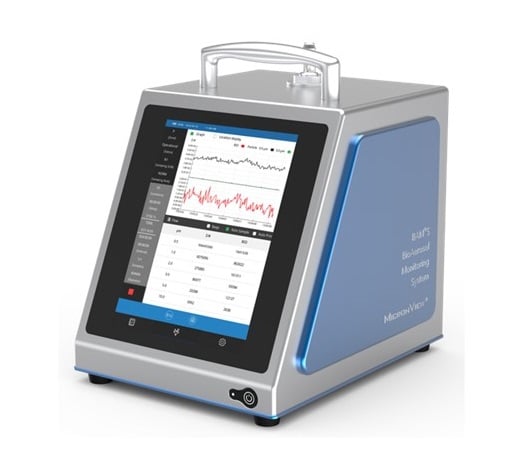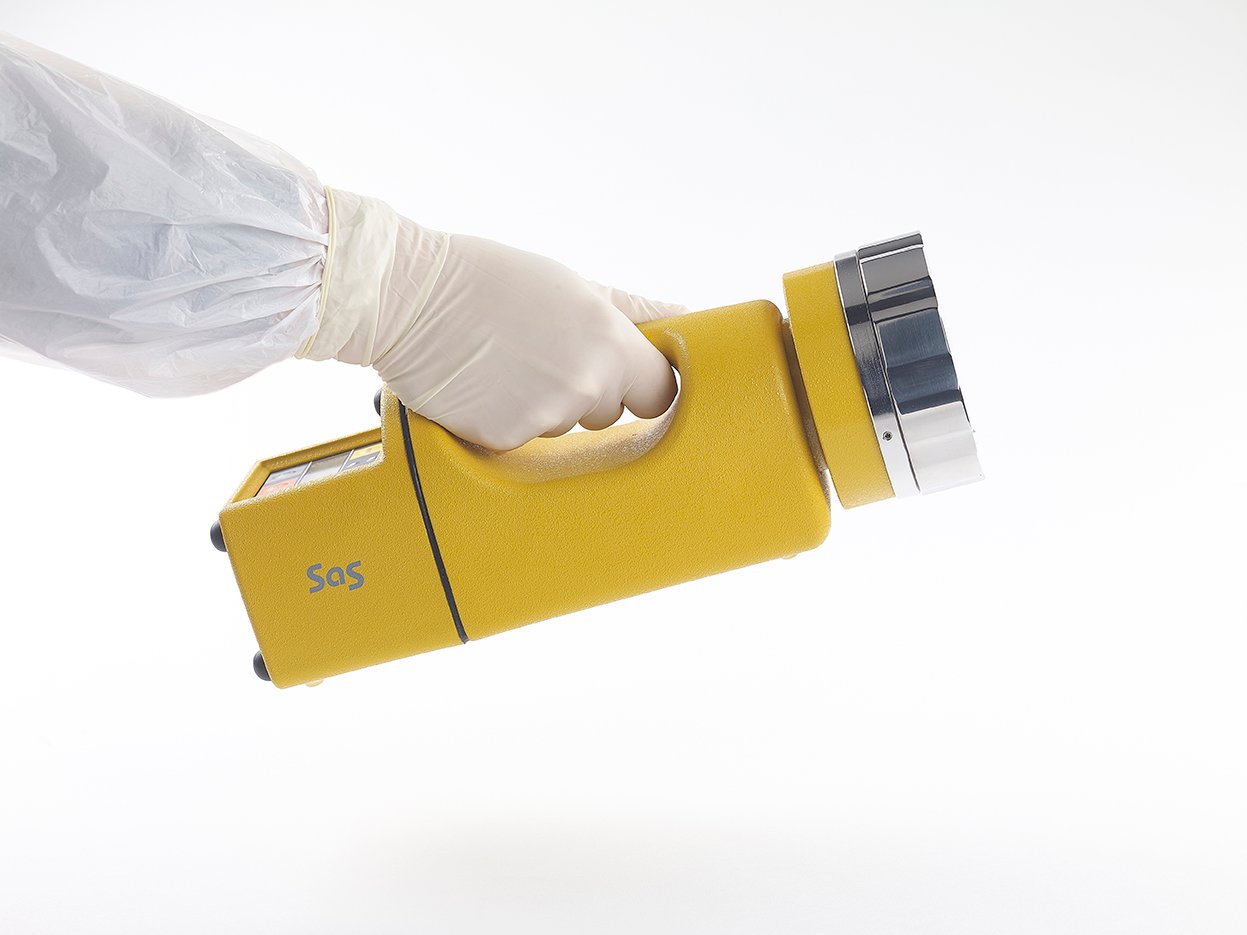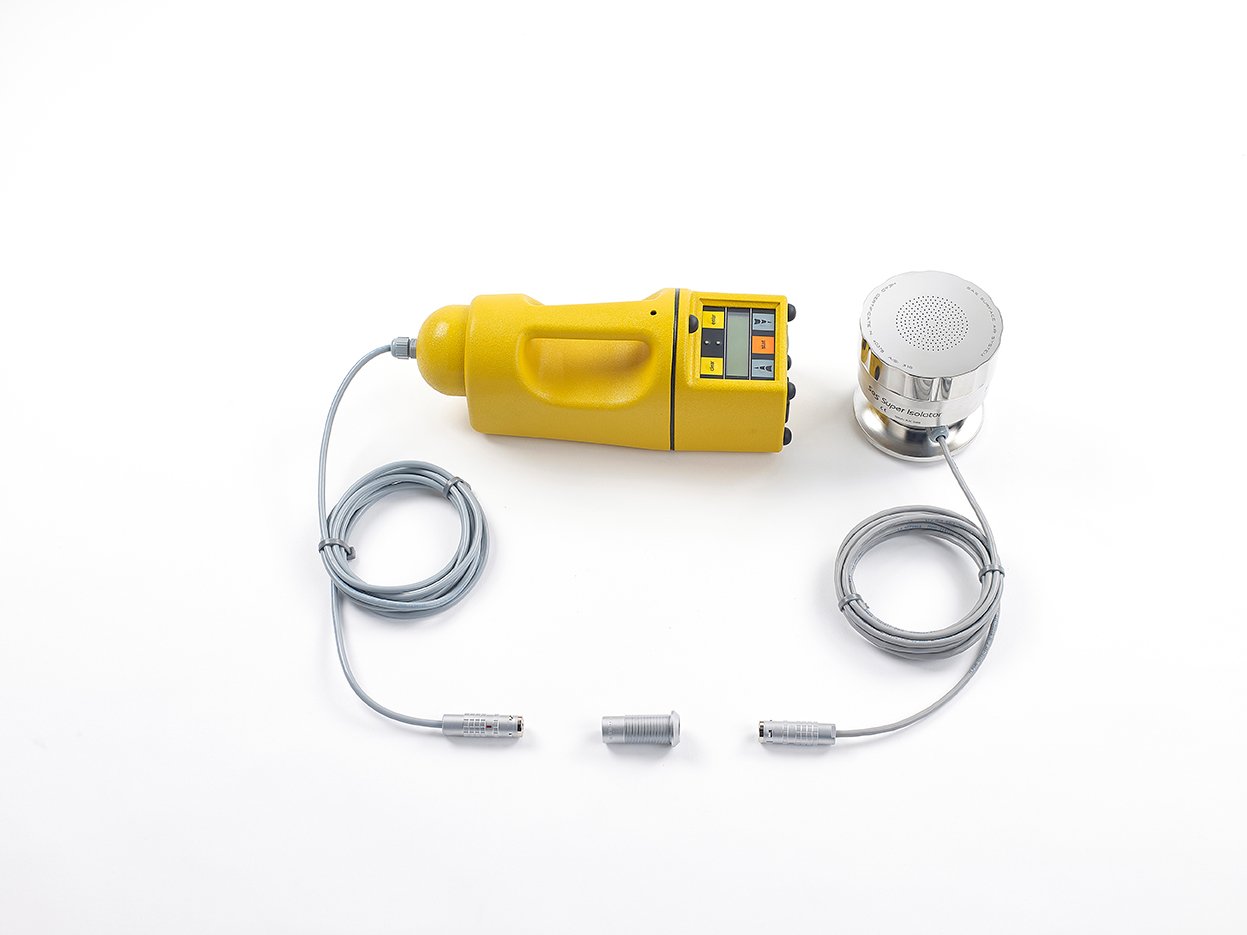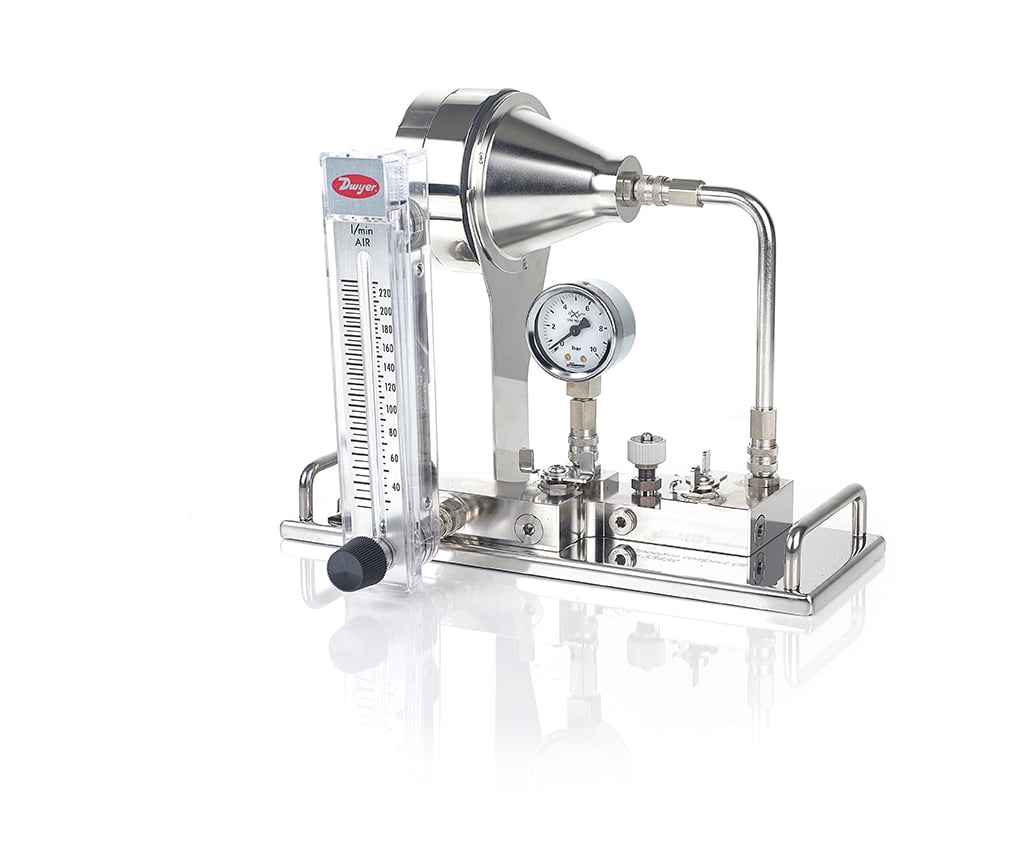Rapid Microbiological Methods
Annex 1 focuses on continuous air monitoring, to meet environmental monitoring requirements in the pharmaceutical and healthcare industries. The question is, how do you meet this requirement for your facility, and ensure that you fully understand your environment for viable monitoring?
Learn more


